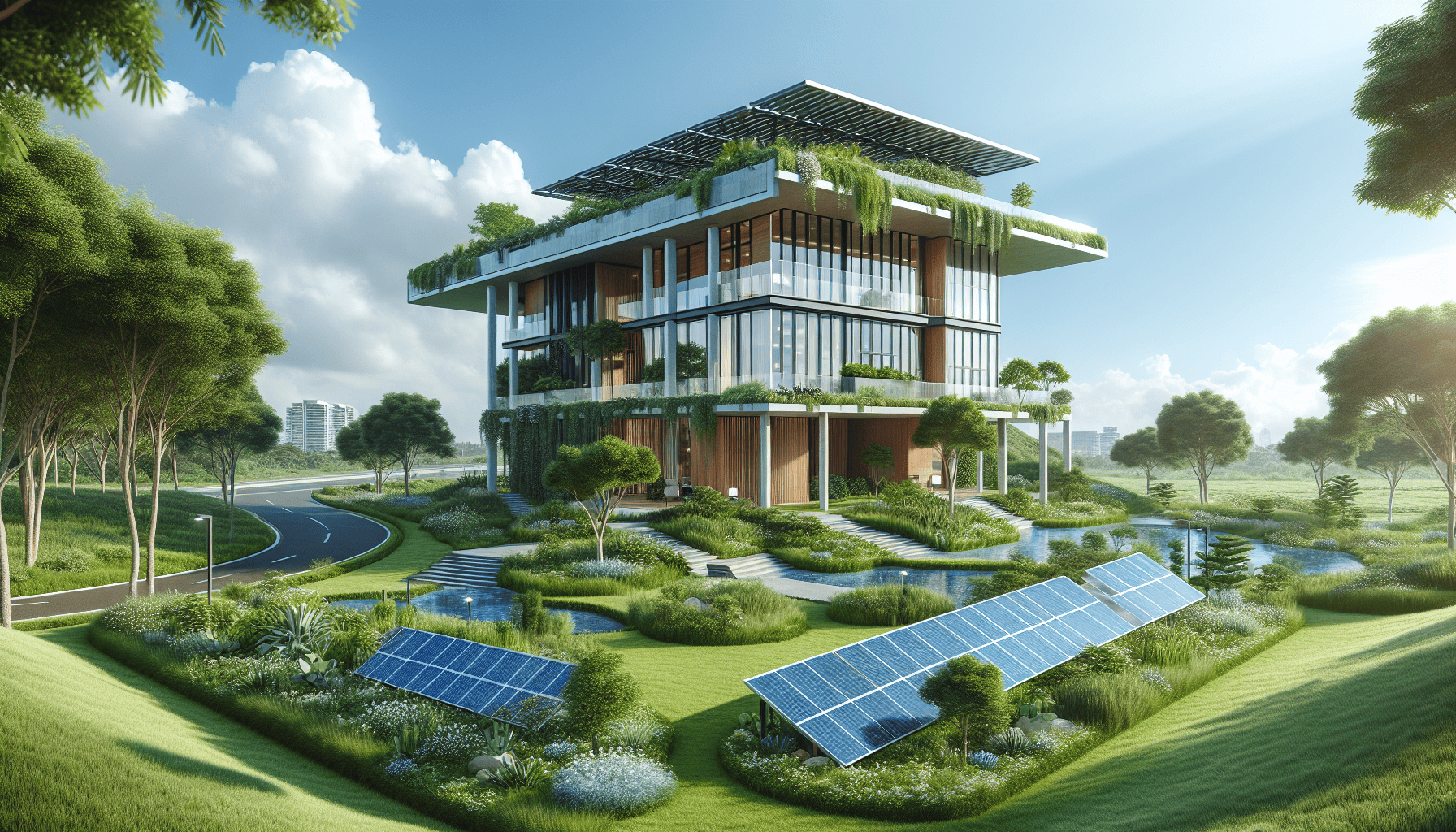In recent years, the construction industry has witnessed a paradigm shift towards eco-friendly practices, emphasizing the use of sustainable materials and methods. This movement, driven by the urgent need to address environmental challenges, is transforming how structures are designed, built, and maintained, promoting a future where buildings harmonize with their natural surroundings.
Sustainable construction begins with the selection of materials that have minimal environmental impact. These materials are often characterized by their durability, recyclability, and low carbon footprint. For instance, bamboo and reclaimed wood are praised for their renewability and aesthetic appeal, while recycled steel and concrete are lauded for their strength and efficiency. Incorporating these materials not only reduces the depletion of natural resources but also decreases waste, promoting a closed-loop system in the building industry.
Moreover, sustainable construction extends beyond materials to encompass innovative building techniques. Prefabrication is gaining popularity, where components of a building are manufactured in a factory setting before being transported and assembled on-site. This method significantly reduces waste and construction time, as well as energy consumption. Another cutting-edge approach is the use of green roofs and living walls, which support biodiversity, enhance insulation, and improve air quality.
Energy efficiency is a cornerstone of sustainable building practices. The integration of renewable energy sources, such as solar panels and wind turbines, enables buildings to generate their energy, reducing reliance on fossil fuels. Passive design strategies, which maximize natural light and ventilation, further minimize energy use. Effective insulation and high-performance windows also play a critical role in regulating indoor temperatures, cutting down on heating and cooling demands.
Water conservation is another pivotal element. Sustainable buildings often include systems for rainwater harvesting and greywater recycling, which alleviate the strain on local water supplies. Low-flow fixtures and water-efficient landscaping, or xeriscaping, further contribute to water conservation efforts.
The benefits of sustainable construction go beyond the environmental; they also yield significant economic and social advantages. Eco-friendly buildings typically have lower operating costs due to reduced energy and water use. They often command higher market values and have longer life spans, proving to be wise investments. Additionally, such structures tend to provide healthier indoor environments by reducing exposure to pollutants and enhancing occupant well-being and productivity.
The rise of green building certifications, like LEED (Leadership in Energy and Environmental Design) and BREEAM (Building Research Establishment Environmental Assessment Method), illustrates a growing recognition and standardization of sustainable practices within the industry. These programs encourage builders to adopt eco-friendly measures by offering incentives and recognition, fostering a competitive yet collaborative spirit that propels the industry towards sustainability.
Despite these advances, challenges remain. The initial costs for green technologies and materials can be high, and there is often a learning curve associated with new construction methods. Furthermore, the benefits of sustainable building practices are sometimes overlooked or undervalued, complicating broader adoption.
Nevertheless, as awareness of climate change and resource scarcity continues to rise, the transition towards sustainable construction is inevitable. By embracing innovative materials, technologies, and designs, the construction industry can significantly mitigate its environmental impact while paving the way for a healthier, more resilient built environment. This transformation is not just a trend but a necessary evolution towards a sustainable future, ensuring that the structures we build today do not compromise the resources and health of future generations.
